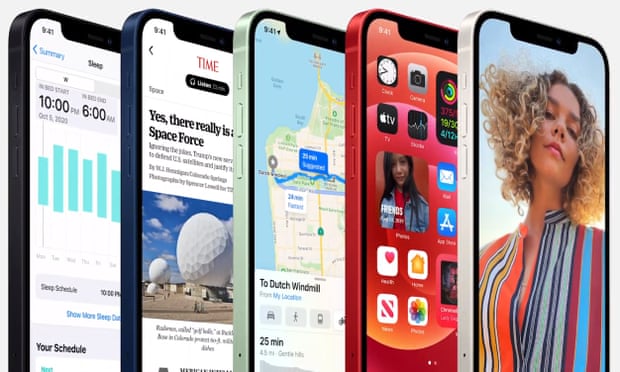Unveiled as a part of a online-only event, which was pushed back by quite a month thanks to the Covid-19 pandemic, the new iPhones mark a number of the most important changes to Apple’s smartphones since the iPhone X in 2017.
The four new devices take a design cue from the iPhones 4 and 5 from 2013 and thus the newer iPad Pro and Air lines, with squarer metal sides and flatter profiles. All of the new iPhones even have Apple’s latest A14 Bionic processor, which recently debuted with the revamped iPad Air announced in September. They also all have Apple’s Face ID recognition system for unlocking the smartphones and may support 5G for the first time.
None of the new iPhones will ship with headphones or an influence adapter, as how of reducing the carbon footprint, but will contain a USB-C to Lightning cable within the box and can support faster wireless charging.
The new iPhones even have Apple’s new MagSafe system, which magnetically attaches accessories to the rear of the phone, including a replacement MagSafe wireless charging puck.
The mid-range model is just called the iPhone 12 and may be a direct replacement for Apple’s hottest phone from last year, the iPhone 11. it's a replacement and improved 6.1in OLED screen that replaces the LCD technology used on its predecessor.
The iPhone 12 features a new 12-megapixel dual-camera system on the rear with normal and ultrawide lenses and therefore the TrueDepth selfie camera from Face ID on the front, all of which may now use Apple’s Night mode for low-light photos. The body of the phone is aluminium like its predecessor, while the rear is glass.
The phone is 11% thinner than the previous model and has new Ceramic Shield screen glass technology, which has fourfold the drop performance of previous display glass for fewer smashed screens.
The iPhone 12 will cost from £799 within the UK or $799 within the US and can be available from 23 October.


0 Comments
Post a Comment